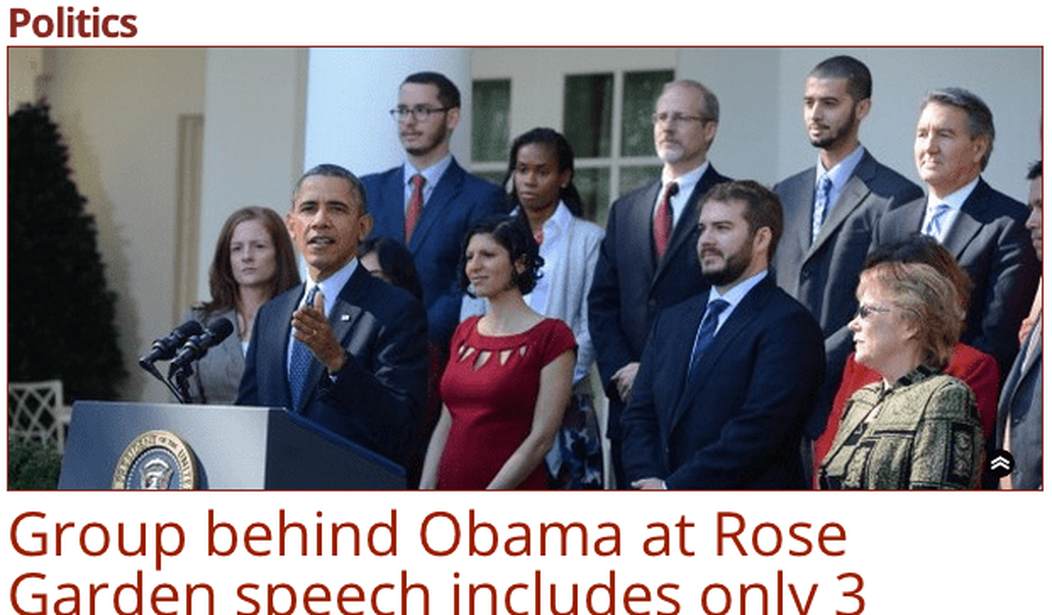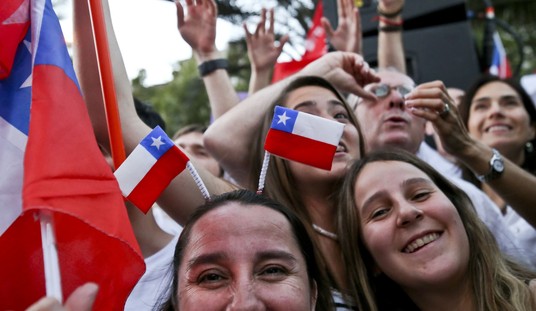Pajamas Media recently posted a story in which CNN reporter Drew Griffin claimed that he was put on a TSA watch list as retaliation for a story he did on TSA. A lot of readers found it credible, judging by the comments. That’s unfortunate, since the story is quite simply false.
Let’s start with the notion that TSA can just put people on the watch list on a whim. In fact, responsibility for the watch list rests with the Terrorist Screening Center, an interagency operation managed by the FBI. The nomination process has been outlined in public testimony a few times: there are three rigorous levels of review before a name ends up on the watch list — within the agency nominating, at the National Counter Terrorism Center, and then finally at the Terrorist Screening Center. An extremely small percentage of the watch list is used by TSA and the airlines for aviation security — TSA doesn’t add anyone on its own. (For the record, the no-fly and selectee lists combined do not exceed 50,000 individuals, and the consolidated list is smaller than 400,000 individuals.) TSA can nominate individuals to the terrorist watch list through that same three-level process, but it is extremely rare. TSA would have to meet the same criteria for nomination that other agencies do and it has to be reviewed by DHS and so on. Investigative journalism is not among the criteria.
Second, I’ve checked with TSA. They say categorically that CNN reporter Drew Griffin is not on the watch list. Not now, not then, not ever.
So why does Griffin think he’s being retaliated against? I can think of a couple of possibilities. First, TSA protocols require that some passengers be put through secondary screening on a random basis. If the passenger is prone to paranoia, of course, nothing looks random; screening is treated as confirmation that there really is a government conspiracy against the passenger.
The other possibility is that a terrorism suspect with a name like Drew Griffin ended up on the watch list, and the airlines can’t tell Drew Griffin the suspect from Drew Griffin the CNN reporter. I should begin by acknowledging that I can’t confirm the presence of a name like Drew Griffin on the list; for obvious reasons, the government doesn’t announce what names are on the list. But I can say that Griffin the reporter is not on the list and never has been.
Does that do him any good? We’ve all heard stories about people who’ve been hassled for years because they have the same name as a terrorist, and somehow no one seems to be able to do anything about it. Well, the good news is that the government has heard the stories too, and we’ve done something about it. People whose names match a terrorist’s name or alias can now straighten the error out and cut down on the hassles dramatically, just by supplying their date of birth. The bad news is that certain airlines have made this solution a lot less useful than it should be.
Here’s the situation: Contrary to public impressions, TSA doesn’t do the automated watch list matching for domestic air passengers — the airlines do. TSA sends the list to the airlines and the airlines run it against their passenger lists, flagging people whose names match the watch list and sending them to secondary screening with all its hassles. The list we send to TSA uses lots of variants of the terrorist suspect’s name, since we’d rightly be pilloried if you could avoid screening simply by flying as “S. Baker” when the system was looking for “Stewart Baker.” But that means the system also flags Sam Baker. Of course we know that we’re worried about a particular “Stewart Baker,” not Sam and not the English go-kart racer. But the airline often only has a passenger’s name, so it sends too many people to secondary screening.
At least that was the old way. In fact, we have a new way that will allow airlines to save Sam and the other Stewart Baker most of these hassles. The airlines have the date of birth of the Stewart Baker we’re really worried about — and we’ve asked them to collect birth dates for passengers like Sam and the other Stewart Baker who volunteer, so the airline can tell the difference. This would be great for everyone, including Drew Griffin, who isn’t on the list but is apparently being treated as though he is.
Great for everyone, that is, except a few of the airlines. They’d have to make programming changes to get better name-matching. One carrier, Southwest Airlines, has one of the industry’s best systems for minimizing false positives. Unfortunately, many other airlines haven’t done the same. Maybe they can’t afford it. Maybe their systems are too old. Maybe some aren’t concerned if their passengers are hassled, as long as they don’t get the blame. Maybe they’re waiting for the federal government to take over the whole process — which is on the way with Secure Flight. Whatever the reason, some airlines are either slow to do it or simply aren’t doing it, and both TSA and passengers like Drew Griffin are living with the fallout.
In the long run, TSA will take over the system and do the watch list matching on its own. (It would already have taken over the matching except for the objections of privacy activists who evidently think TSA should not be trusted with passengers’ birth dates, and who are willing to sentence some passengers to a lifetime of inconvenience in order to keep such vital information out of the hands of “big government.”)
In the short run, the airlines will continue to manage the screening process. Southwest spent the money and took the time to modify its computers and thereby save its passengers from false matches. Good for them.









Join the conversation as a VIP Member